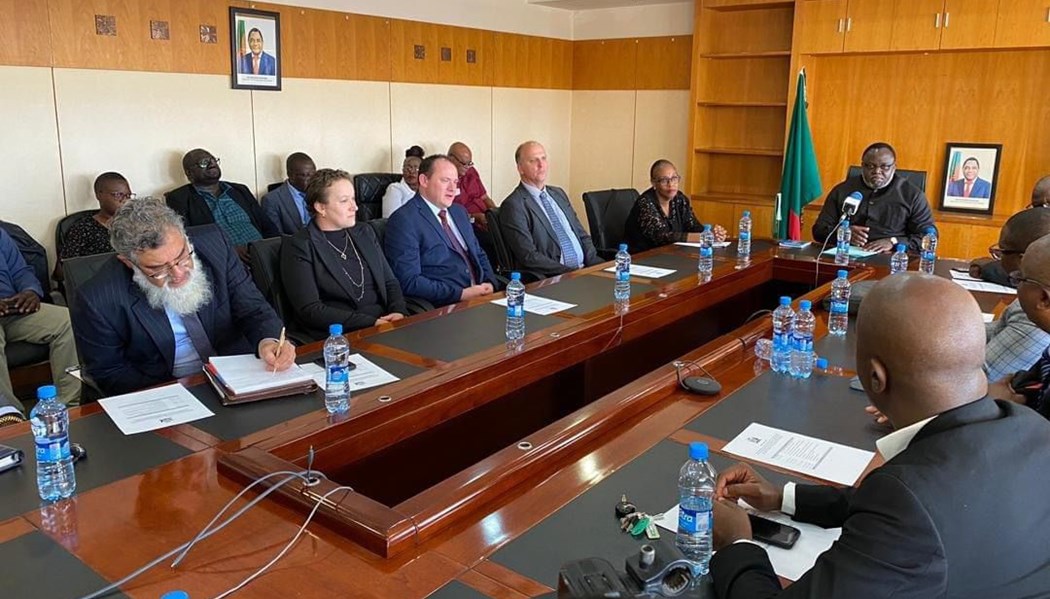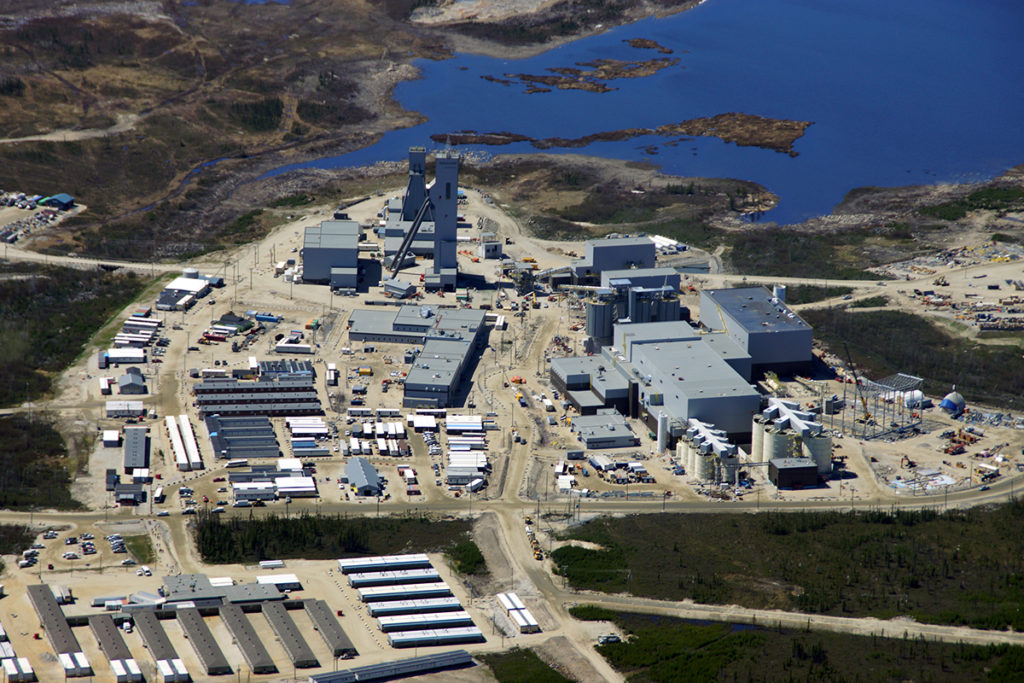Mining Other

Tanzania’s refining era is re-routing East Africa’s minerals

East Africa's mineral economy is undergoing a fundamental shift, moving away from simply extracting raw materials to adding value within the region. Tanzania is leading this change by implementing policies that mandate a portion of its gold be refined domestically, with the proceeds routed through local banks and a share directly channeled into the central bank's reserves. This strategic move has increased mining's contribution to the national economy, with gold making up the vast majority of mineral exports, and has significantly boosted the country's financial reserves.
This pivot towards domestic value addition is reshaping regional industrial chains. By forcing large gold producers to refine a fifth of their shipments locally, Tanzania is building a domestic ecosystem that includes assay labs, refineries, and compliance services. This shift changes the opportunity for neighboring countries like Kenya, whose role is evolving from handling bulk ores to managing higher-value, refined cargoes, as evidenced by Mombasa's growing port capacity.
Kenya's own mineral profile underscores why this regional realignment is practical. With its mining sector contracting and the closure of a major operation like Kwale, a sudden boom in domestic extraction is unlikely. Instead, Kenya's competitive advantage now lies in servicing the new value chain through its strengths in logistics, financial intermediation, insurance, and technical standards—the precise services needed for refined, high-value goods.
Tanzania is solidifying this new industrial model through major investments, such as converting former mines into Special Economic Zones for multi-metal processing. These zones will demand a steady flow of inputs and reagents while exporting refined metals and battery materials. This creates a corridor economy where the more processed the cargo, the more it rewards the predictability and precision that Kenyan ports like Mombasa are scaling up to provide.
The region's potential role in global electrification supply chains heightens the stakes of this transition. With major projects in graphite, nickel, and rare earths, East Africa could evolve from a raw-material shipper to a producer of battery-grade inputs. The policy choice for Kenya is clear: align its financial and port systems with Tanzania's industrial spine. While volatility remains, the overall goal is resilience—keeping value inland through refining and reserves, and maintaining velocity on the coast through logistics and capital.












